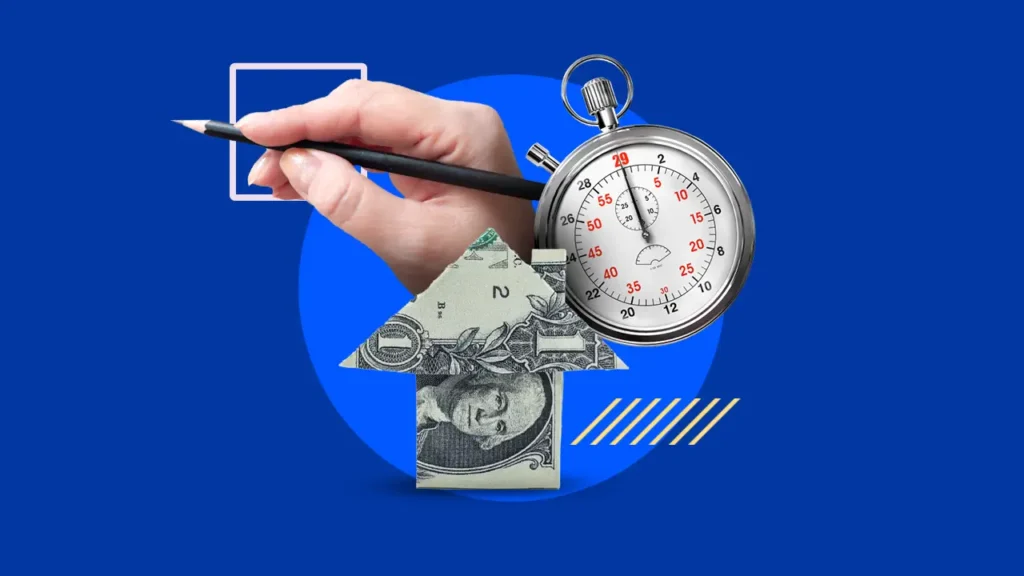A Home Equity Line of Credit can be a valuable financial tool when you need access to funds. It gives you the flexibility to borrow money as needed, based on the equity in your home. However, it’s crucial to understand the ins and outs of how it works, especially during the draw period. This period, which usually lasts 5 to 10 years, is when you can access and borrow against your line of credit. Knowing what happens during this time can help you manage your finances and make informed decisions.
The Interest-Only Payments
One of the most appealing aspects of the HELOC draw period is that your payments are often interest-only. This can significantly lower your monthly obligations compared to traditional loan structures. However, it’s important to remember that this doesn’t reduce the balance of your loan.
Interest-only payments can sometimes lead to a false sense of financial relief. You might think you’re saving money, but once the draw period ends, you’ll also need to start repaying the principal. This can lead to a sharp increase in your monthly payments once the repayment period begins.
Managing Your Balance
Getting caught up in the excitement of borrowing money from your home’s equity is easy. However, managing your balance carefully is essential. Your credit limit is typically based on a percentage of your home’s appraised value, so knowing how much you owe at any given time is vital.
When using it, ensure you’re not dipping too far into your available credit, especially since you’re still responsible for repaying the borrowed funds. For homeowners who use this financial tool responsibly, it can be an excellent way to access funds without being tied to a fixed loan schedule.
Interest Rate Variability
Unlike traditional loans, a home equity loan often comes with a variable interest rate, meaning your interest payments can fluctuate over time. While the rate is typically lower than other forms of credit, like personal loans or credit cards, it can increase during periods of rising interest rates. You’ll need to keep the uncertainty of this rate change in mind, as it can affect your monthly payments.
If you’re concerned about rate fluctuations, there are options to lock in a fixed rate for part or all of your balance. Amerisave, for example, offers flexible HELOC loan programs that may allow you to lock in a fixed rate for added stability. This could be particularly useful if you plan to borrow large sums or anticipate needing the funds for an extended period.
The Transition to Repayment
As the draw period ends, it’s essential to consider the repayment phase. The good news is that you’ve had years to prepare for this transition. The bad news is that once the draw period ends, your payments will increase because you must pay both the principal and the interest.
This shift can be quite a shock if you haven’t planned accordingly. Your lender may offer a grace period to ease into the new repayment terms, but it’s vital to start budgeting for the increased payments well before the end of your draw period. Understanding how the shift to repayment works will ensure you’re not left scrambling when the time comes.
Your HELOC draw period is a time of financial flexibility, but it requires careful management. By staying mindful of how much you borrow and how you plan to repay, you can avoid financial strain down the road. Whether you’re using the funds for home improvements or consolidating debt, understanding the specifics of this period will help you make more informed choices about your future.

